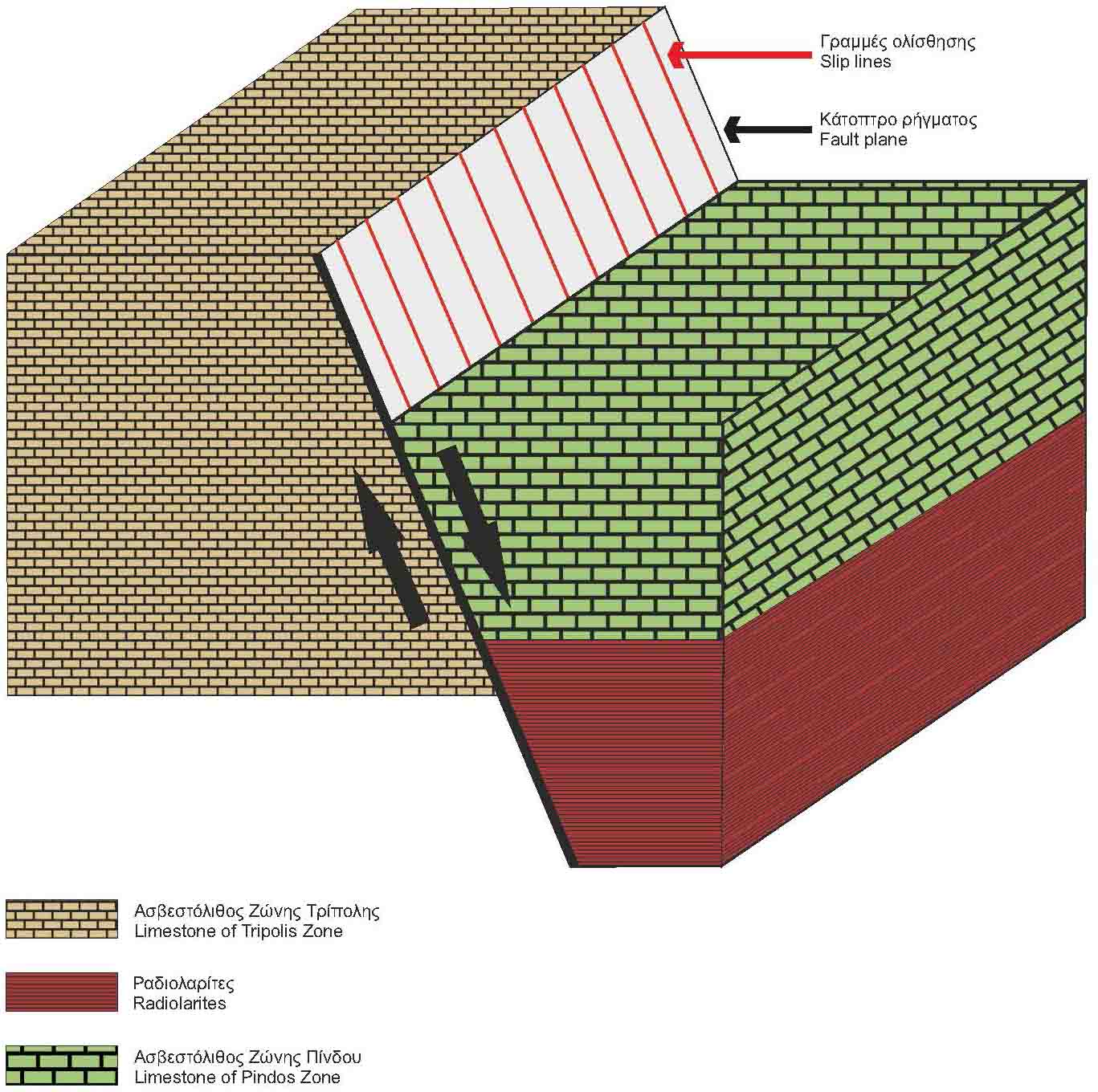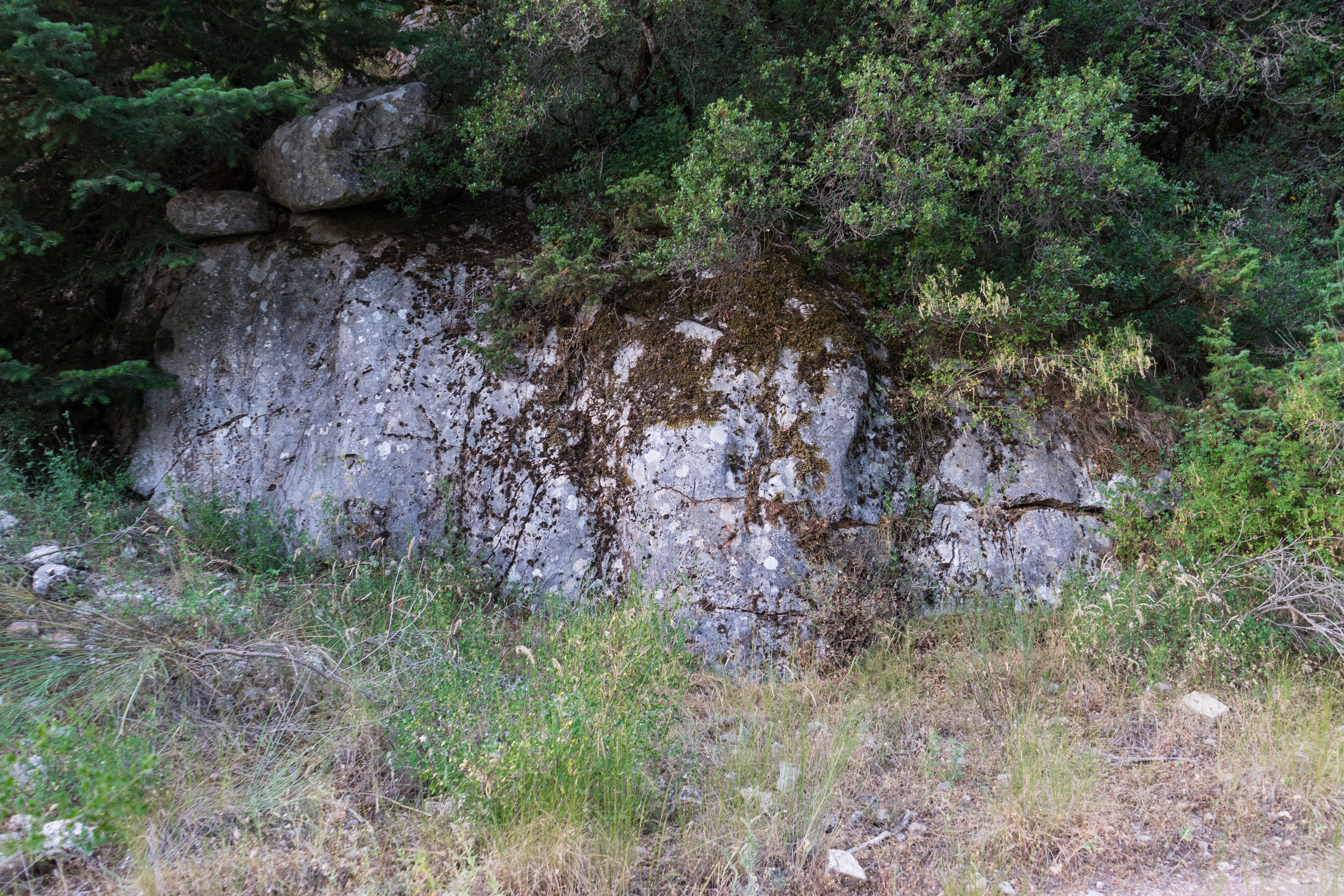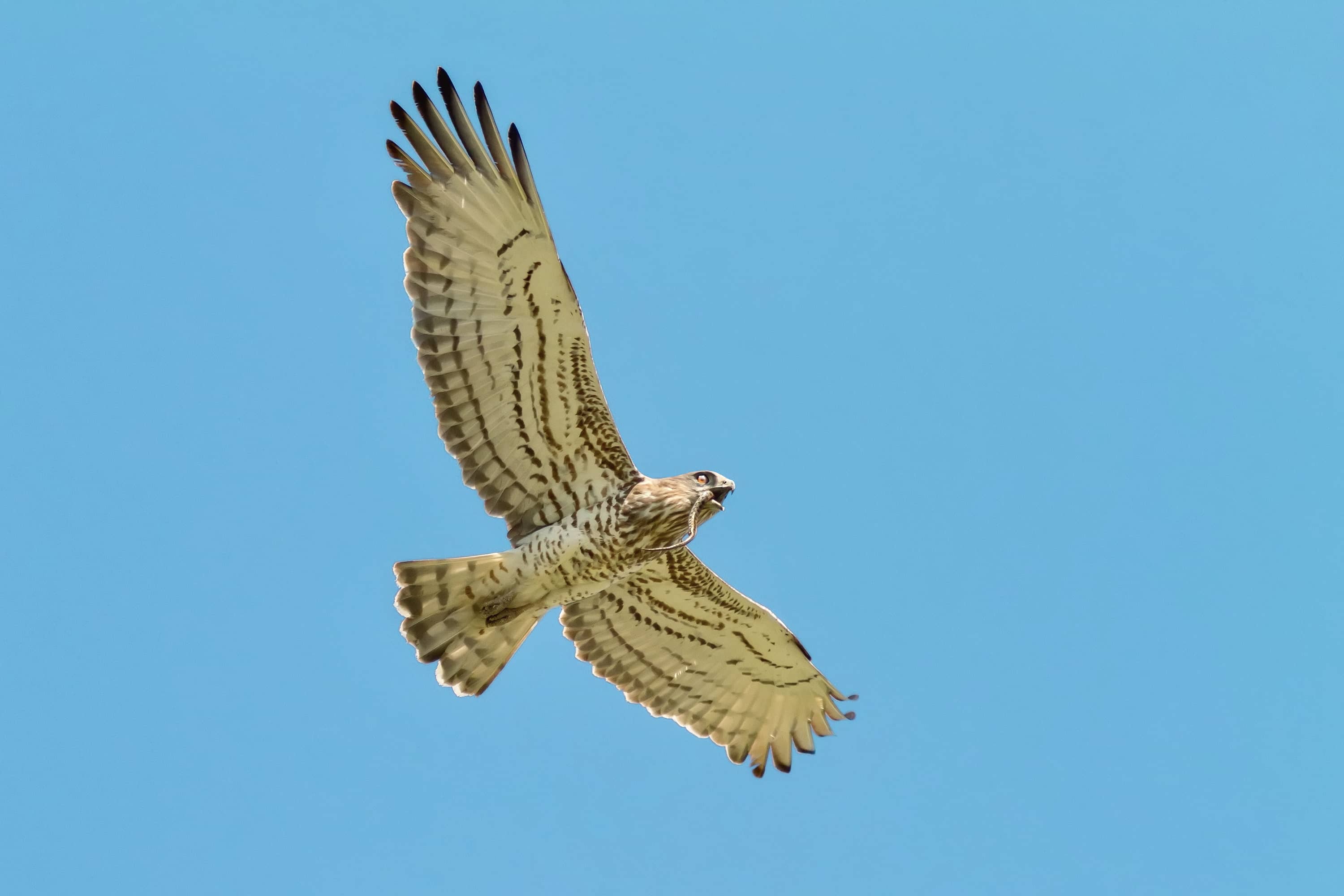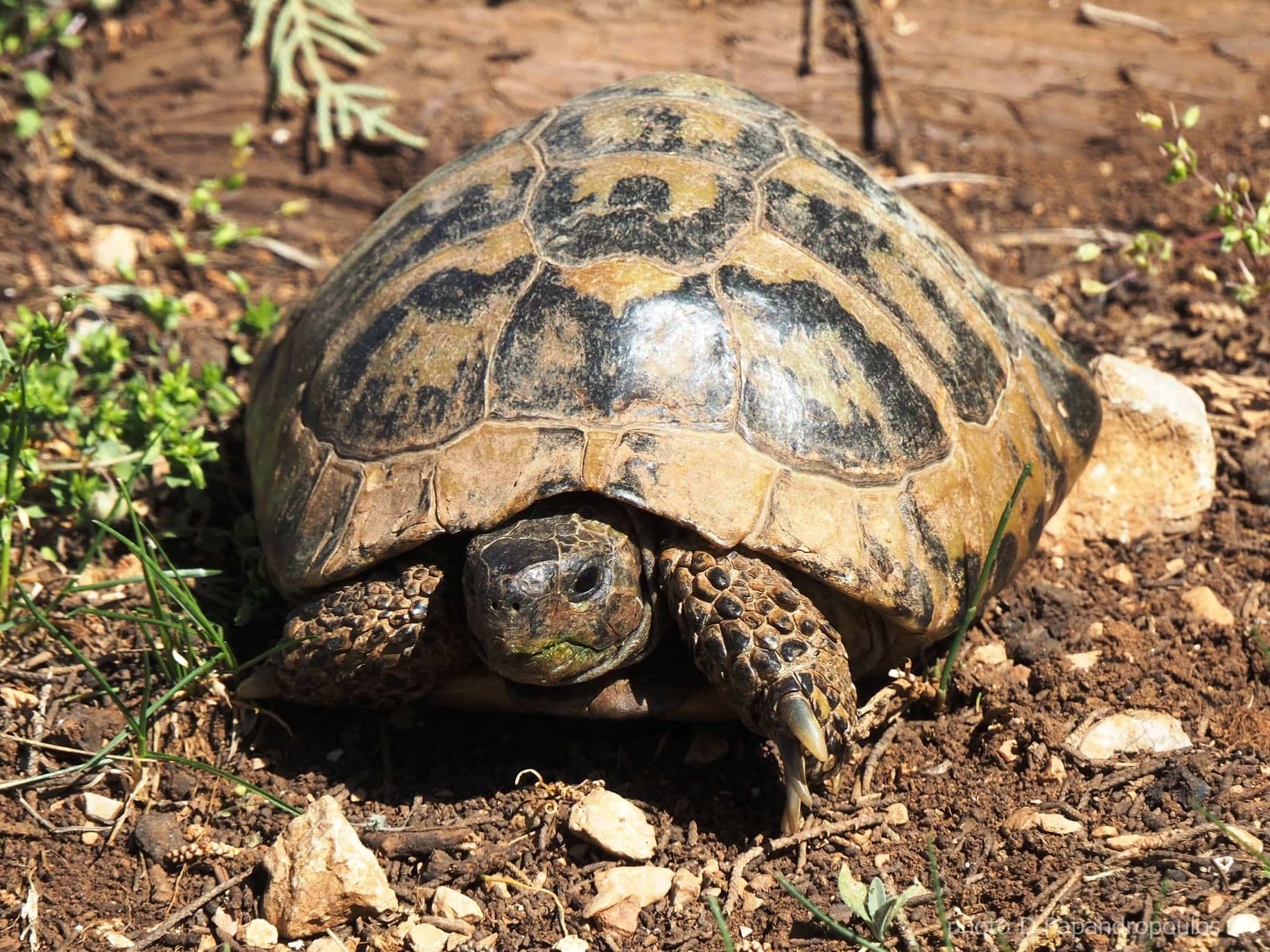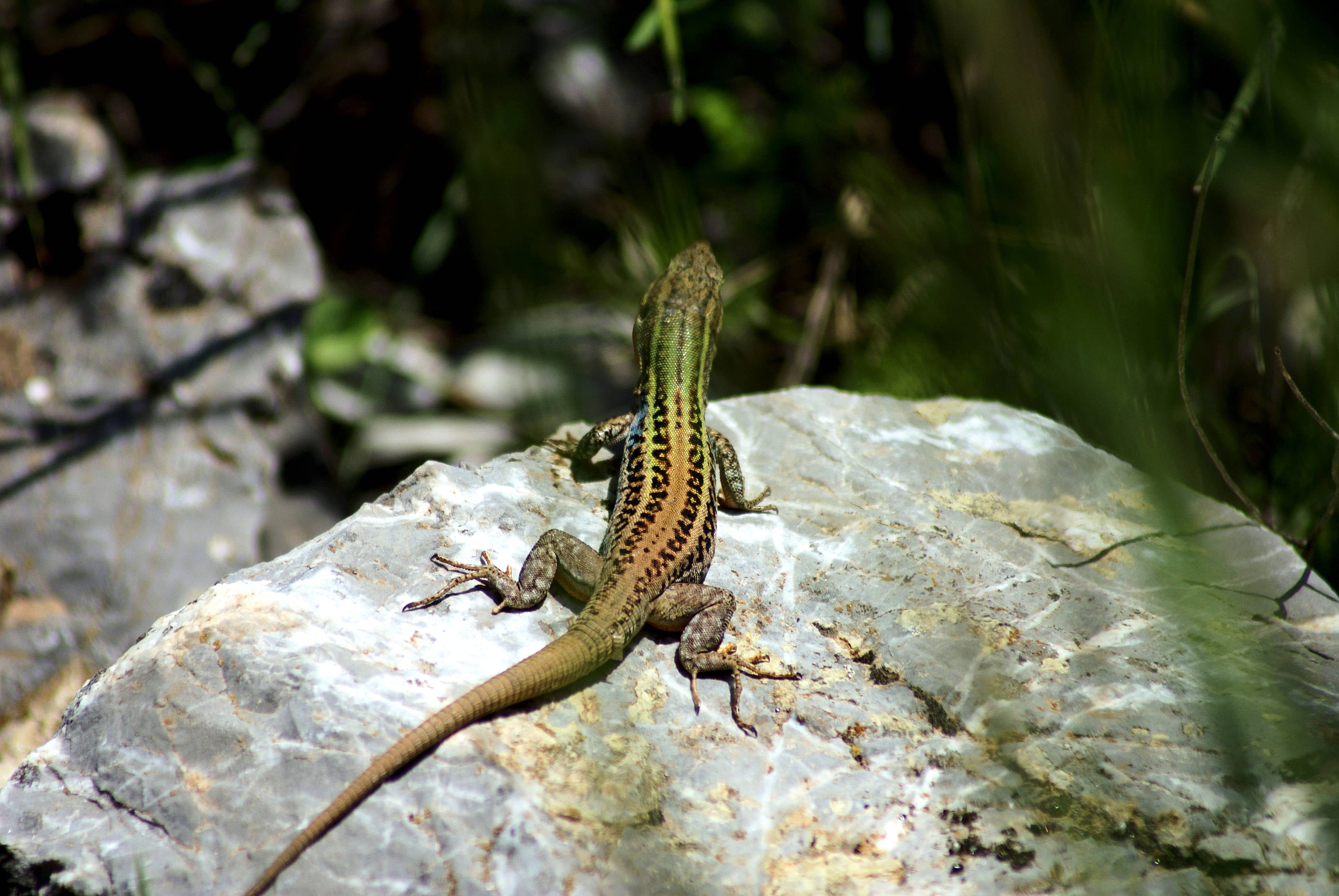A MIRROR ΙΝ THE PAST
Keramidaki area is located south of the city of Kalavryta, in the northern part of the Kalavryta aesthetic forest, where the small Kerasies river is found. The location of the area within a ravine allows to several lithological elements of the area to be revealed due to erosion.
Geodiversity
In the wider area rocks of Tripolis and Pindos Zones can be found. These rocks were formed in two different marine areas and then due to a large fault (thrust), the formations of Pindos moved on top of those of Tripoli.
More specifically, in Keramidaki Cretaceous shallow sea limestones of the Tripoli zone are observed. From the Pindos zone, mudstones and clay shales of the first flysch appear, as well as A. Jurassic- K. Cretaceous radiolarites.
Despite the fact that in the wider area the Pindos formations are thrusted on those of Tripolis, at the geosite locality, the limestones of Tripolis are brought into contact with the sediments of the first flysch and the cherts of Pindos with a normal fault. In fact, the fault plane is well exposed and on it we can observe the characteristic parallel lineation (slip lines) indicating the relative displacement, the throw of the hanging wall (Pindos unit rocks), and the rise of the footwall (rocks of Tripolis unit).
Biodiversity
The Geosite is located within the Protected Area “AISTHITIKO DASOS KALAVRYTON” (GR2320004) and the Special Protection Area (SPA) for avifauna “OROS CHELMOS (AROANIA)-FARANGI VOURAIKOU KAI PERIOCHI KALAVRYTON” (GR2320013) of the Natura 2000 network. The vegetation of the area is mainly characterized by Abies cephalonica forests and the avifauna includes birds such as the Golden Eagle (Aquila chrysaetos), and the Eurasian eagle-owl (Bubo bubo).
Keramidaki is located close to the Forest of National Independence of Kalavryta. Some of the important species of Lepidoptera that appear in the area are the moths Callimorpha quadripunctaria and Eriogaster catax, as well as the butterflies Papilio alexanor and Zerynthia polyxena.
Along the route, remarkable is the presence of some centenarian individuals of sweet chestnuts. Sweet chestnut is a deciduous tree with dense spherical foliage and a height up to 30 m.

